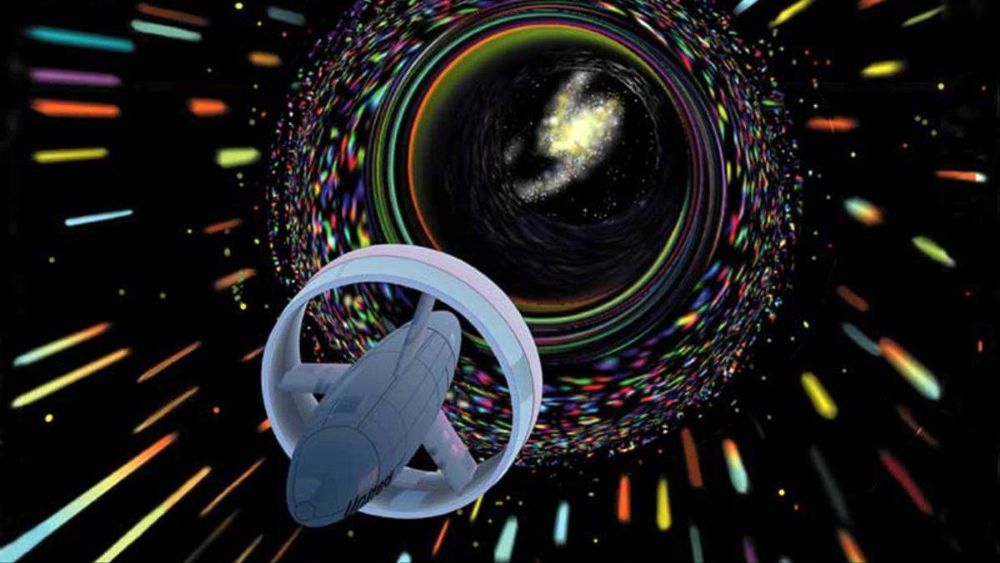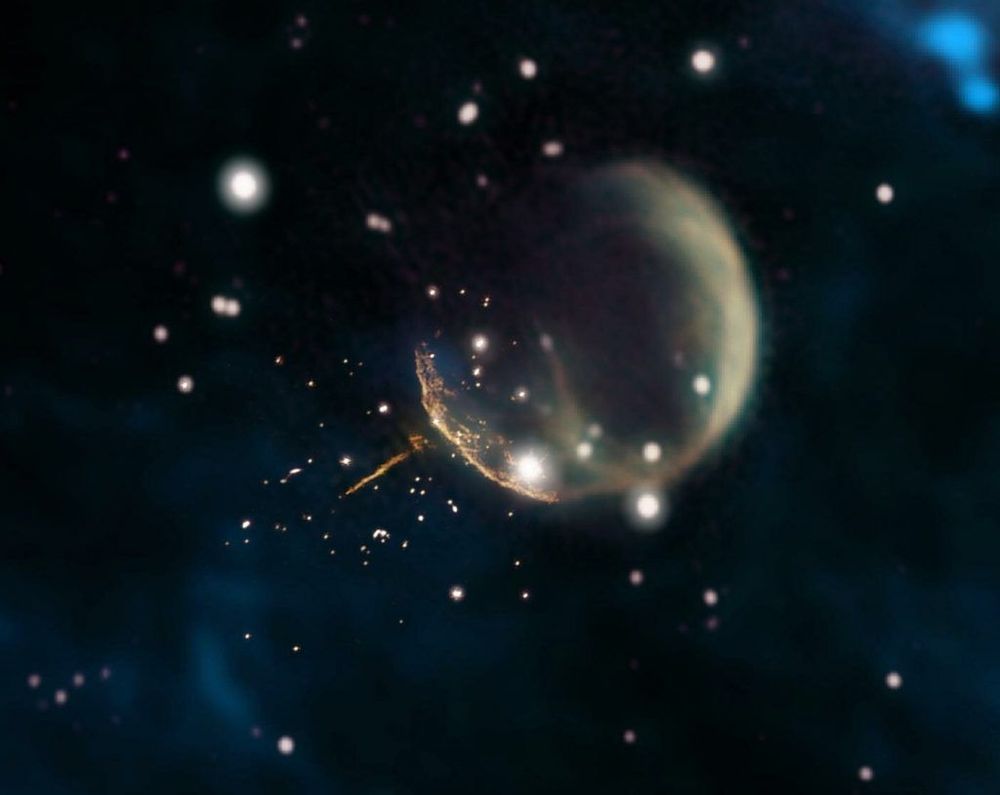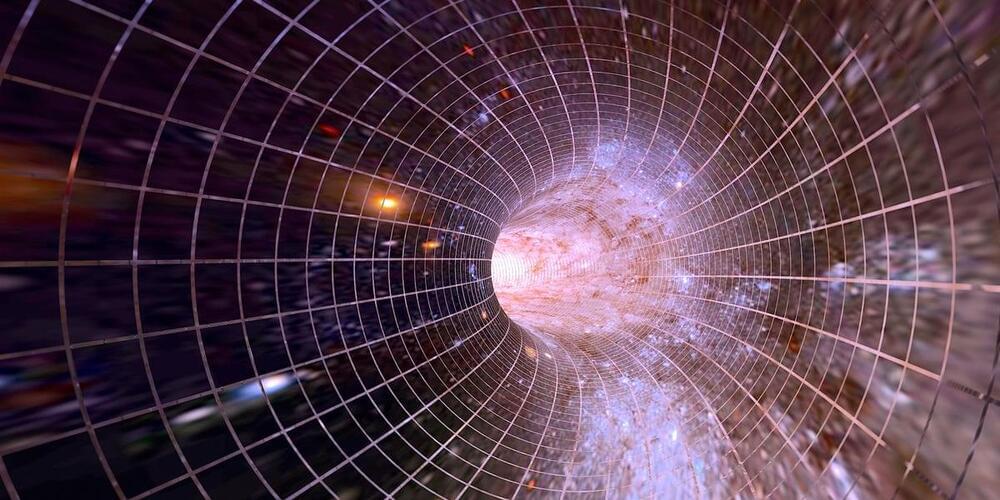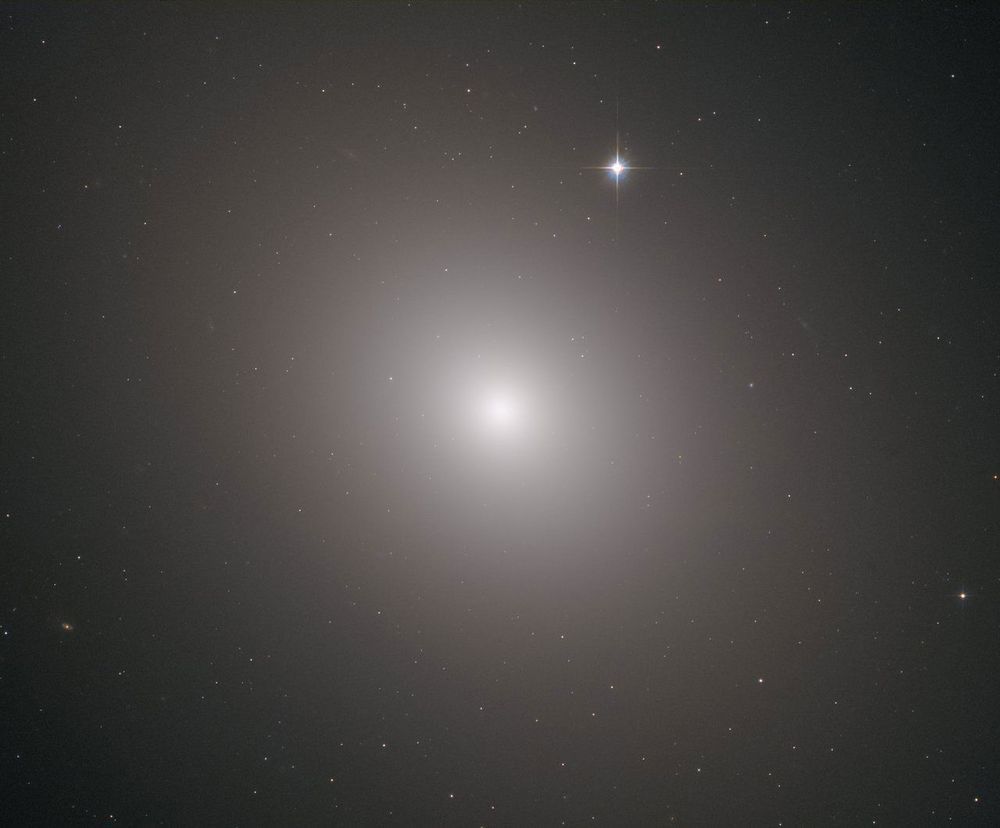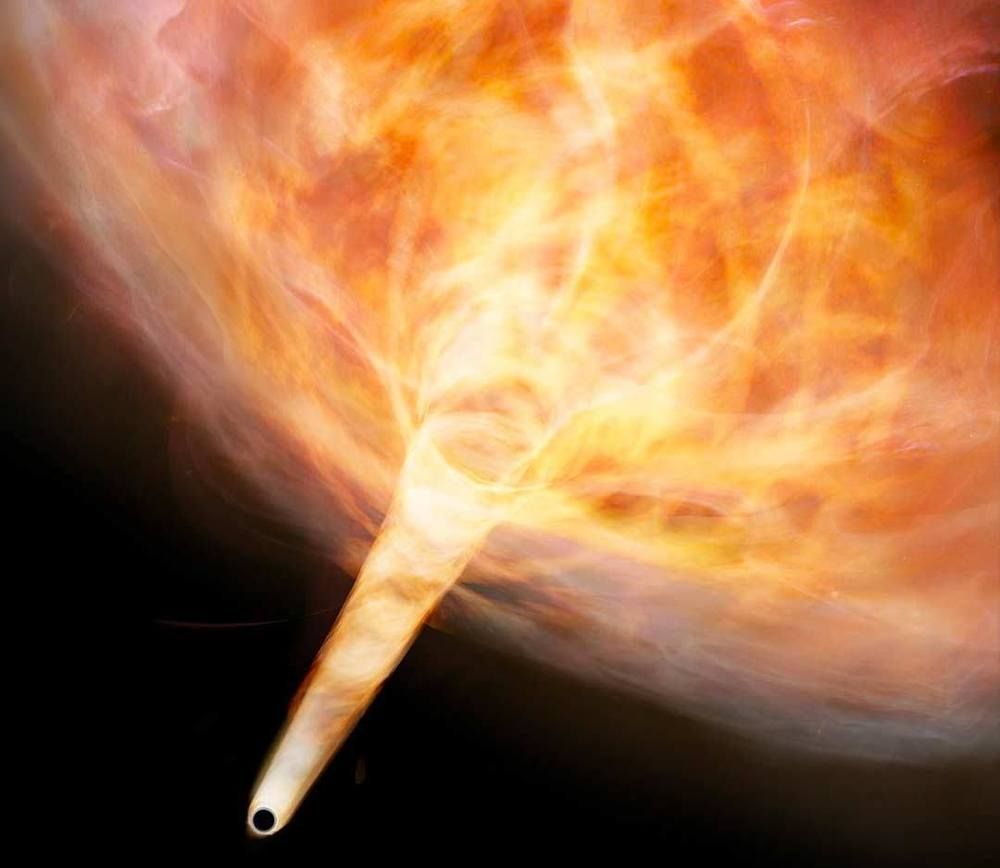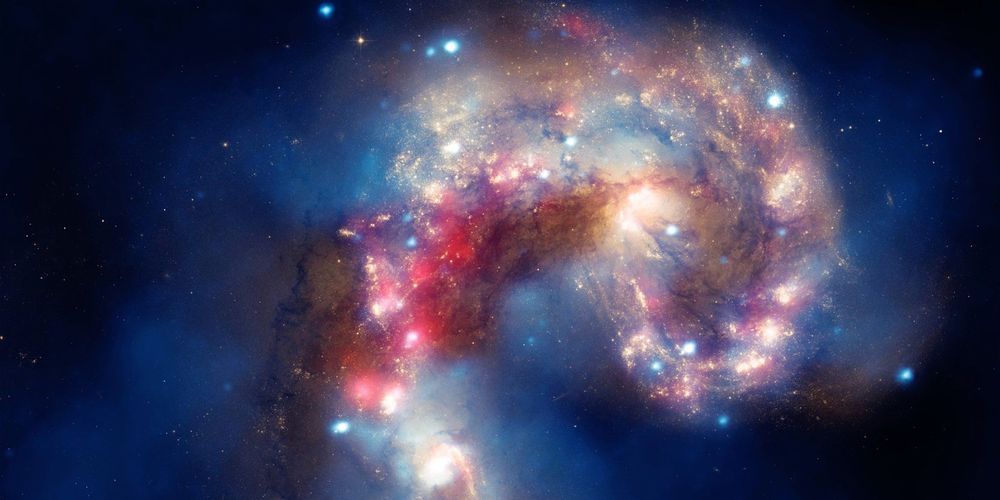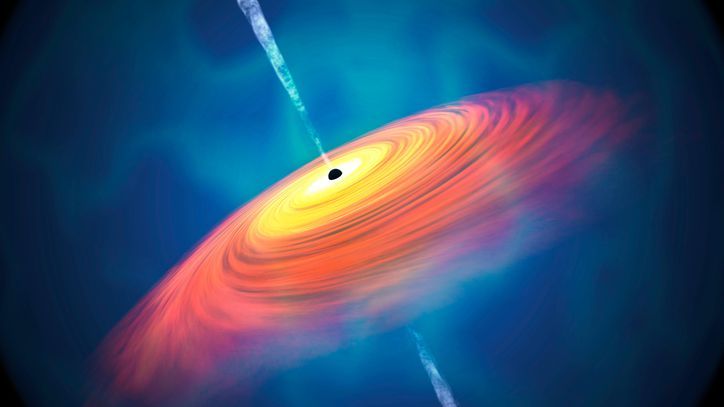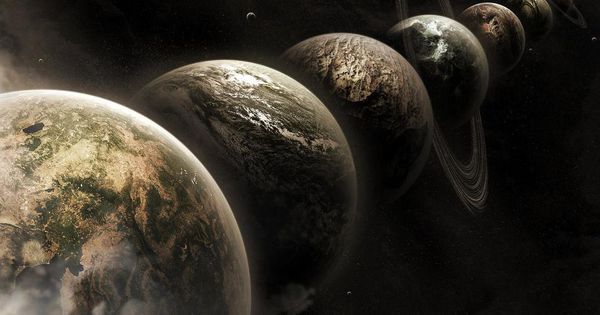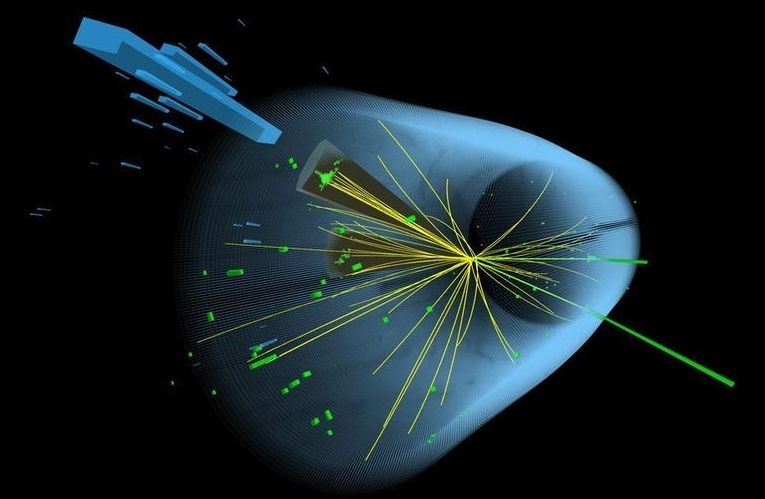Humans have figured out how to send spacecraft into the deep reaches of the solar system, but it will take major advances in spaceflight before we can hop over to other star systems or traverse the Milky Way. In the meantime, though, it doesn’t hurt to think about cool ways we might one day be able to accomplish that dream.
Enter: the “halo drive,” a concept that proposes leveraging the power of black holes and other gravitationally powerful phenomena to accelerate future spacecraft to near-light speeds.
Conceived by David Kipping, an astronomer at Columbia University, the halo drive involves shooting lasers at objects such as black holes or neutron stars in order to get a speed boost when the light beam boomerangs back to its starting point.
